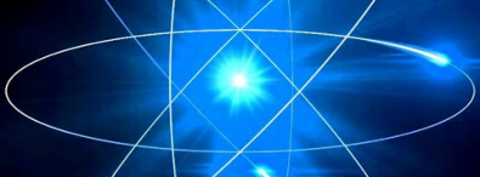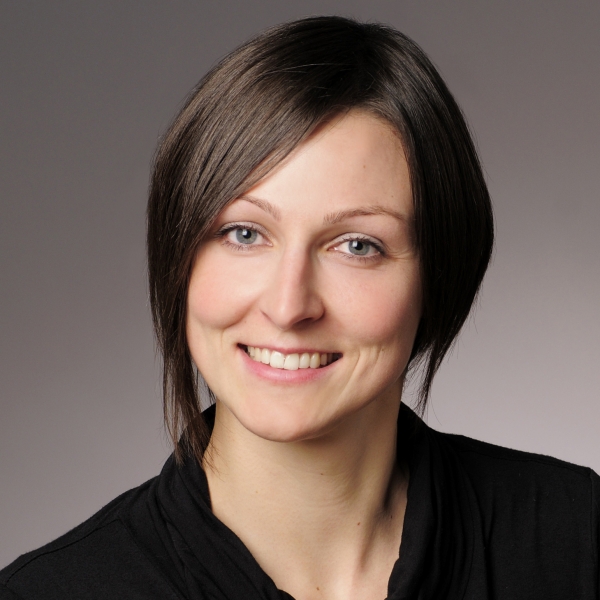Winner 2020: Fondazione Sapienza - Tomassoni Chisesi Physics Prize

|
Winner over 40 category: Motivazione:
|
 |
|
Winner under 40 category: Motivazione:
|
 |
Lunedi 23 Novembre 2020 - Seminari delle due vincitrici per l’anno 2020
Meet: meet.google.com/twa-qvtg-fxd
Ore 15.00: Dr. Karoline Schaeffner (Winner under 40 category)
Max-Planck-Institute for Physics (Werner Heisenberg Institut, Germany)
Title
COSINUS - A unique perspective to shine light on the long-standing dark matter claim of DAMA/LIBRA
Abstract
Dark matter is a main ingredient of the cosmos, its nature, despite of enormous progress in terrestrial direct dark matter searches, is still undiscovered. Most prominently, the results from DAMA/LIBRA, since more than two decades, create a controversial situation in the field of direct dark matter detection. Their latest results from DAMA phase 2 add further constraints since they imply that any interpretation of DAMA in terms of dark matter requires non-standard interactions of dark matter particles, or non-standard astrophysical assumptions, or both.
For a fully model-independent investigation of the nature of the DAMA/LIBRA claim, experiments which use the same material as DAMA/LIBRA are essential. Therefore, experiments applying sodium iodide (NaI) crystals are planned or are right on their way to solve the long-lasting discrepancy.
COSINUS willalso use crystals of NaI, however not operates them as mere scintillation detectors, but as so-called cryogenic scintillating calorimeters operated at milli-Kelvin temperatures. COSINUS detectors provide a simultanous and independent measurement of both the temperature signal and the scintillation light signal caused by a particle interaction. Since the amount of produced light depends on the particle type (light quenching), this detection technique yields identification of the type of interacting particle on an event-by-event basis.
In this talk I will present results of our first generation prototype detectors and I will discussion future steps and prospects of COSINUS currently installing its own experimental facility at LNGS.
_________________________________________________________
Ore 15.40: Prof. Jo Dunkley (Winner over 40 category)
Princeton University (USA )
Title
The Millimeter Sky from the Atacama Cosmology Telescope
Abstract
I will show new images of the Cosmic Microwave Background made by the Atacama Cosmology Telescope in Chile, capturing the universe as it was at 380,000 years after the Big Bang. I will describe how they are advancing our knowledge of cosmology, and how the new data let us weigh in on the concordance cosmological model known as ‘Lambda-Cold-Dark-Matter', the local expansion rate of the universe, and its spatial geometry.
